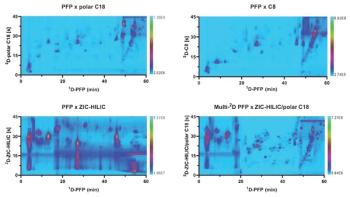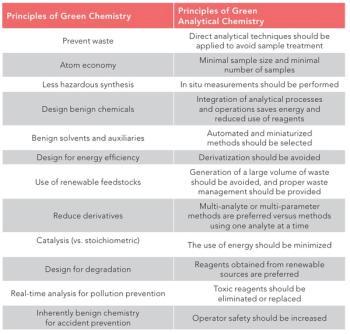News|Events|November 30, 2023
New Chromatographic Material Derived from Diatoms Shows Potential in High-Performance Liquid Chromatography
Author(s)LCGC Staff
A novel study conducted at Nicolaus Copernicus University in Poland explores the potential of diatom-derived biosilica as a stationary phase in high-performance liquid chromatography (HPLC).
Advertisement
A recent study conducted by authors Hussam A. Al Saoud, Michal Szumski, Myroslav Sprynskyy, Szymon Bocian, and Boguslaw Buszewski at Nicolaus Copernicus University delves into a novel application of biosilica derived from diatoms, microalgae, as a potential stationary phase in high-performance liquid chromatography (HPLC) (1).
Biosilica is an inorganic polymer sourced from organisms like diatoms or siliceous sponges. The researchers investigated its potential as a polymer that can help fill chromatographic columns. The research aimed to explore its efficiency and suitability for chromatographic separations compared to conventional materials (1).
The researchers discovered that the columns filled with biosilica resulted in improved efficiency. Although the retention of polar compounds under high acetonitrile content was comparatively lower than hydrophilic interaction chromatography (HILIC), it correlated with the proportional difference in surface area between the materials (1).
The study focused on the examination of nucleosides and nucleobases as model test solutes, demonstrating successful attempts to separate these compounds when utilizing biosilica as the stationary phase (1).
Scanning electron microscopy (SEM) images revealed the morphological and structural attributes of the cleaned diatom frustules, showcasing uniformity and well-preserved forms with walls perforated by a periodic porous network. This porous structure, housing polar silanol groups, accounted for the retention of polar compounds, echoing the capabilities of commercial silica particles (1).
The biosilica material was used to prepare the capillary columns because of its limited availability from laboratory-scale diatom cultivation tanks (1). Comparisons with HILIC were drawn concerning chromatographic properties, revealing lower retention of test analytes on biosilica, likely because of its reduced surface area. Nonetheless, the successful utilization of diatom-originated biosilica as a stationary phase opens doors for further exploration and optimization of this material for efficient chromatographic separations (1).
This study showed that diatom biosilica frustules can serve as a stationary phase in HILIC mode, offering promising avenues for enhancing chromatographic techniques (1). Despite the observed differences in retention compared to commercial phases, the study shows how biosilica can be used for stationary phases in chromatographic columns, emphasizing the significance of continued research and development in this domain.
This article was written with the help of artificial intelligence and has been edited to ensure accuracy and clarity. You can read more about our
Reference
(1) Al Saoud, H.A., Szumski, M., Sprynskyy, M. et al. Biosilica as a New Stationary Phase in HILIC Mode. Chromatographia 2023, 86, 641–647. DOI:
Newsletter
Join the global community of analytical scientists who trust LCGC for insights on the latest techniques, trends, and expert solutions in chromatography.
Advertisement
Advertisement
Advertisement
Trending on LCGC International
1
Translating Scientific Skills Into Impact: Careers Beyond Research and Academia
2
Saying Goodbye to LCGC International
3
The Essential Skills Needed for Leading a Lab
4
Chromatography-Driven Insights into Fat Replacement Effects in Frankfurters
5





